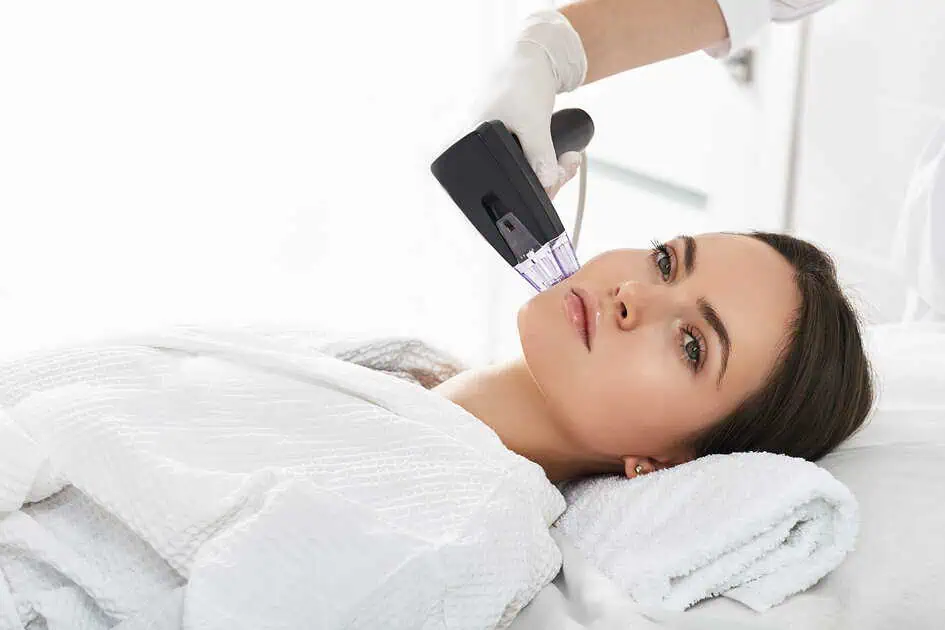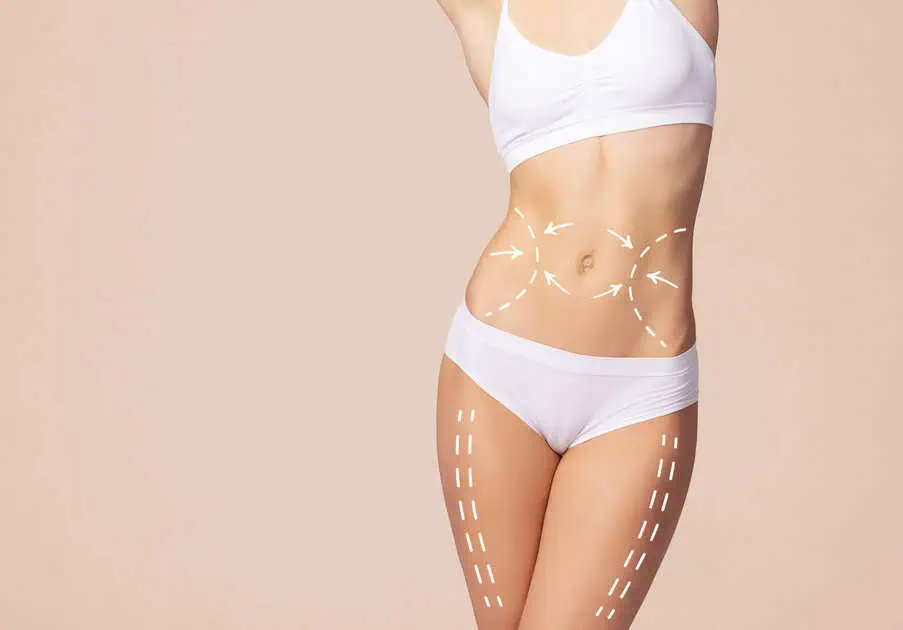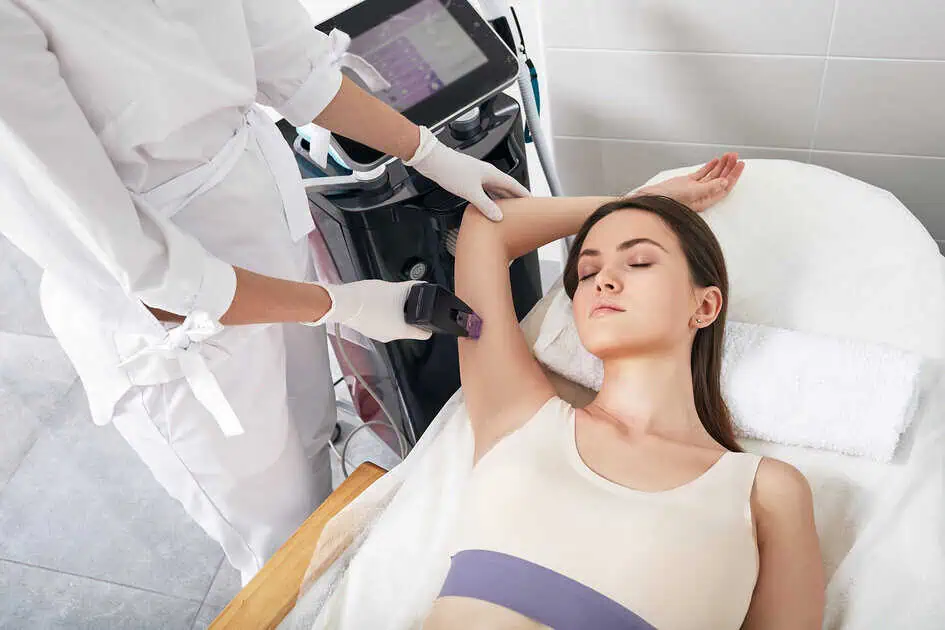
Common aging indications can be reversed with injectables, such as Botox and dermal fillers, which are effective and safe non-surgical cosmetic procedures. There are various injectables, and each may treat a particular set of issues, from removing forehead wrinkles to filling in hollow cheeks.
Dermal fillers are a popular and adaptable procedure for minimizing wrinkles and lines to give the face a fuller, more youthful appearance. Although recovery time is short, patients should adhere to particular post-operative instructions for the best outcomes and experience.
Even though dermal filler treatments are quick, generally painless, and have a short recovery period, it is usually advantageous for patients to comprehend how these procedures function before choosing them.
What are dermal fillers?
Dermal fillers can be injected into the face and hands to reduce the appearance of wrinkles and volume loss brought on by aging or specific medical disorders. Research on dermal fillers given U.S. According to the Food and Drug Administration, most patients express satisfaction with their treatment outcomes.
Dermal fillers are gel-like materials called dermal fillers injected beneath the skin. They are intended to provide a smoother, fuller, or both types of appearance. Clinical research has shown that most FDA-approved dermal fillers have minimal influence since they comprise substances that the body eventually digests and consumes. The injection procedure might need to be repeated to sustain the expected result.
What are the types of dermal fillers?
Hyaluronic acid, polymethyl methacrylate, poly-L-lactic acid, calcium hydroxylapatite, and an individual’s body fat are among the substances that have FDA approval. Your practitioner will consult with you to determine which procedure is best depending on your skin type, age, and other characteristics, as well as the result you desire to achieve.
Hyaluronic Acid: Hyaluronic acid is a naturally occurring element of the skin’s connective tissue. It is now the most popular filler used in cosmetic facial treatments because of its efficacy and safety. Hyaluronic acid injections help smooth out wrinkles and fine lines and give your skin back its youthful fullness.
The size of the hyaluronic acid particles, which are developed to target different wrinkle depths—smaller particles for fine lines and bigger particles for deeper wrinkles and folds—distinguishes the various hyaluronic acid formulations.
Calcium Hydroxylapatite: Deeper wrinkles and skin folds are treated with calcium hydroxylapatite. The doctor can use it to reshape the jawline and add volume to the cheekbones and the area around them. When used to fill wrinkles, these injections may last up to three years, and when used for contouring, they may last up to one year.
Polymethyl Methacrylate (PMMA): Microspheres suspended in a collagen-based gel make up this filler. The gel instantly adds volume, lifting the skin to smooth out wrinkles and acne scars. The microspheres stay and offer structural support for skin that appears smoother.
Poly-L-lactic Acid: This medication, which was first created to address severe facial wasting in HIV infection, has recently received FDA approval to address facial aging. It can last up to two years.
Human Fat: To improve face fullness, fill in deep wrinkles, and build up shallow contours, the practitioner may remove fat from the patient’s body and reinject it. Since liposuction is required to remove the fat before injection, fat injections are more complicated than other injectable fillers. The duration of fat injections varies from patient to patient and depends on where the injection is made.
How long does it take for dermal fillers to settle?
People prefer dermal fillers because of how fast the skin is renewed and hollow regions are given volume. It is also recognized as a quick, simple, and little to no downtime treatment.
Fillers can address various conditions, including wrinkles, age and crow’s feet, loss of volume and plumpness, and more. Most clients use dermal fillers for the following areas:
- underneath the eyes
- back of the hand
- Buttocks
- Lips
- Cheeks
- Chin
- mouth’s sides or the “laugh line” regions
As soon as the filler reaches the desired region, it begins to move through the skin, filling up hollows and smoothing out wrinkles, instantly enhancing your appearance. Once inside your dermis tissue, the substance starts to break down and attach to water molecules. Beautifully hydrated, smooth skin is the result.
How long does it take to recover from your dermal filler?
Bruising on the day of and in the days after treatment is the main obvious risk associated with dermal fillers. After dermal filler, you can have minor swelling. However, it all depends on the treated region. For a few days following treatment, the areas that have received dermal filler may feel a bit sensitive, which is typical.
The amount of time required for recovery varies depending on the patient and the filler used. Most activities can be resumed right away. However, avoiding strenuous exercise for the first 24 to 48 hours is typically advised to reduce swelling and bruising. Before scheduling your injections, go through your recovery plan with your provider.
Following dermal filler therapy, you may initially look like this:
- an appearance of “overfill” in treated regions
- differing levels of mild to severe swelling or bruising
- temporary tingling or burning
- lumps or hard spots at the injection sites that can be felt
- Hives and swelling from a hypersensitivity reaction that might resemble an allergic reaction
Most conditions may be treated with topical cooling and massage, and they usually get better within a few hours or days. Some responses can require more severe medication or injection treatment.
What should you do during your recovery period?
Dermal fillers, fortunately, have a quick onset of action, so you won’t have to wait a whole year to see the results of your injections. Nevertheless, it takes some time for these injectable treatments to absorb into your tissues, and it’s typical for your dermal filler to take up to two weeks to settle into your face.
Here are some tips on treating your skin after a dermal filler treatment.
Drink lots of water. Water is excellent for the body. Drinking enough water after any procedure is usually a good idea since it can aid your body’s recovery. It is especially true if you utilize fillers made of hyaluronic acid (HA), which helps your skin maintain moisture.
Protect yourself from the sun. Sunlight’s UV rays have a role in developing wrinkles, age lines, and other problems that fillers can help with. Thus it’s crucial to utilize sun protection after receiving filler treatments. Among the actions you can do are:
- When you go outside, wear a sun hat with a wide brim.
- Apply at least 30 SPF sunscreen to your skin.
- Avoid engaging in outdoor activities when it is brightest and warmest.
Our Takeaway
Following your dermal filler procedure, you will notice an instant change in your appearance. The ultimate effects, however, may not be visible for a few days or weeks while the swelling subsides. Depending on the particular product utilized, this will vary. Your results’ duration will also depend on the substance you use, how much you inject, and which face regions you treat.
Contact us at Eyelid and Facial Plastic Surgery & Medispa if you want to learn more about your dermal filler options!






